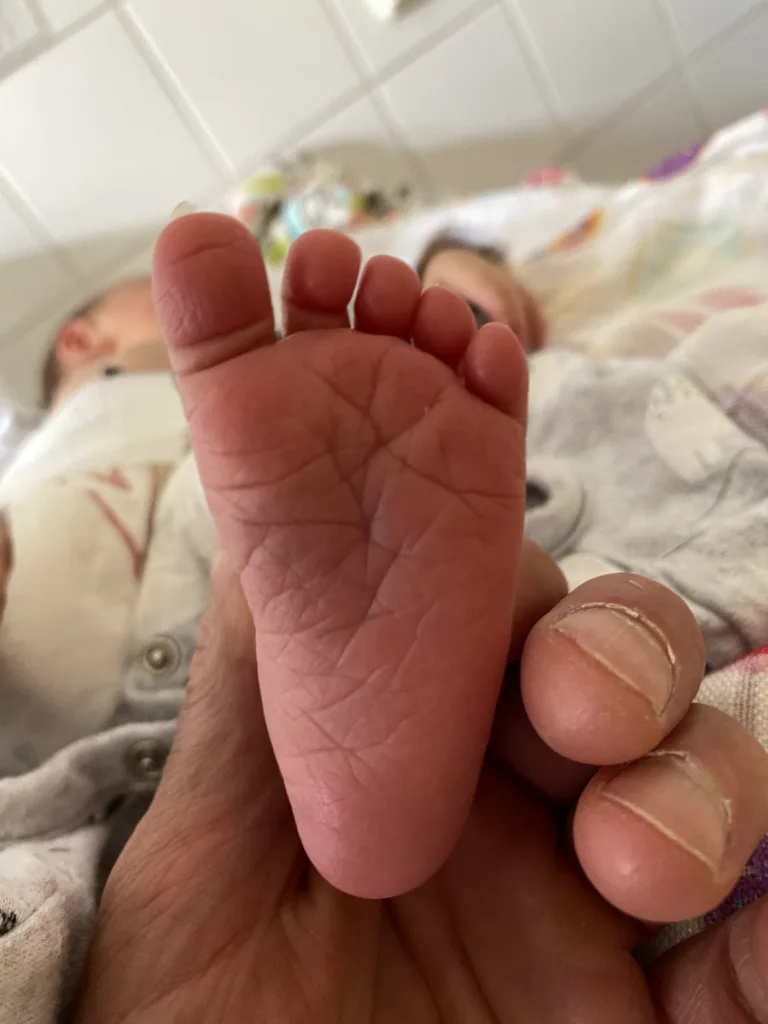Most of us get tickling sensation when someone else is lightly touching specific parts of our body. Interestingly, we cannot get the same response when we try to tickle ourself. Although, from a mechanical point of view, the stimulus is identical.
When we try to tickle ourselves, the brain observes movement of the hand which is “tickling”, or better “touching” us and anticipates the sensation that follows. Or better, the brain is not surprised and decides it’s not necessary to produce (output) a tickling sensation. There was already in 1998 a research paper about this phenomenon (Central cancellation of self-produced tickle sensation.
This easy story can be utilised by physiotherapists to explain to our patients that there is a lack of correlation between a given stimulus and a sensation which an individual person will experience.
Many people, and also many of our patients believe, that when they experience pain, there must be something wrong going on within their body tissues. However, our nervous system is much more complex than that! There can be a great amount of damage to the tissues with lots of ongoing nociception, but no sensation of pain at all. This enables humans to move further on.
On the other hand, there can be a great amount of pain (which a person experiences) without any participating tissue damage, without any nociception (in the peripheral nervous system).
